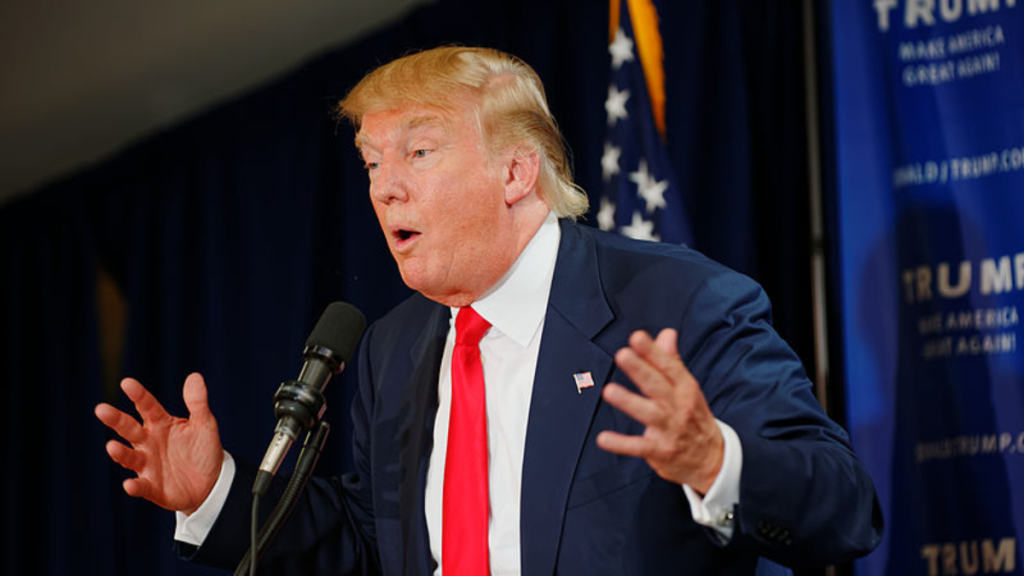When Donald Trump declared his candidacy for president a year ago, Nate Silver’s FiveThirtyEight political blog said he had “a better chance of cameoing in another ‘Home Alone’ movie with Macaulay Culkin—or playing in the NBA Finals—than winning the Republican nomination.”
With a net favorability rating of -32 percent according to FiveThirtyEight and “exactly zero” chance of winning, according to The Atlantic, how has Trump seemingly emerged victorious from a pool of 17 Republican hopefuls?
To try to answer that question would be to travel down a rabbit hole of speculation that has swallowed so many. One thing is sure, though: While Donald Trump has thus far appeared to accomplish the impossible, even he has limits.
The reality is that Trump—like policymakers and politicians past, present and future—is operating within the confines of the Overton Window of Political Possibility.
The Overton Window: When You Think About It, It’s So True…
This theory, named for the late Joseph P. Overton of the Mackinac Center for Public Policy, is a way to explain how opinions about public policies shift over time and the constraints within which policymakers operate. The Overton Window is the spectrum of ideas that are politically palatable to voters. Although there is no limit to the number of policy ideas available, elected officials are limited to only actively supporting ideas within this window.
For example, consider federal welfare policy. Even though there are loads of ideas about how to address poverty in the United States, politicians support and debate only a select few, such as the minimum wage, earned income tax credit, Medicaid, etc. These are within the Overton Window. Other ideas, such as a guaranteed basic income, even though they may be debated in other countries and supported by economists on both the left and the right, are never seriously considered by politicians because they lie outside the window.
Trump’s Public Policy, Explained
With this in mind, now consider Trump’s recent about-face after he said the victims of the recent Orlando shooting should have been permitted to carry guns into the Pulse nightclub. About a week after making the statement, Trump appeared to backtrack and said he meant nightclub employees and guards should have been armed, not patrons.
This wasn’t just a flip-flop or mere pandering — it’s more likely that Trump’s movement on the issue is evidence he realized his initial stance was a step outside the Overton Window. While many of his supporters are no doubt staunch believers in the Second Amendment, even the NRA—which endorsed him—said, “No one thinks that people should go into a nightclub drinking and carrying firearms.”
Using the Overton Window Theory to Your Advantage
It is important to remember that politicians rarely move the window; more often than not, they only support policies that are deemed acceptable by their constituents. When Trump said Orlando nightclub patrons should have been armed, the backlash showed him that position was outside the window, so he stepped his stance back to one more acceptable to voters.
The lesson in all this is that politicians, as Friedrich Hayek once wrote, are like corks bobbing in the sea. They only go where the current leads them, and it is us — you, me and our neighbors — who determine the direction of the current. In other words, if you want to see policy change—if you want to expand the Overton Window—appeal to the hearts and minds of your fellow citizens and the politicians will soon follow.



